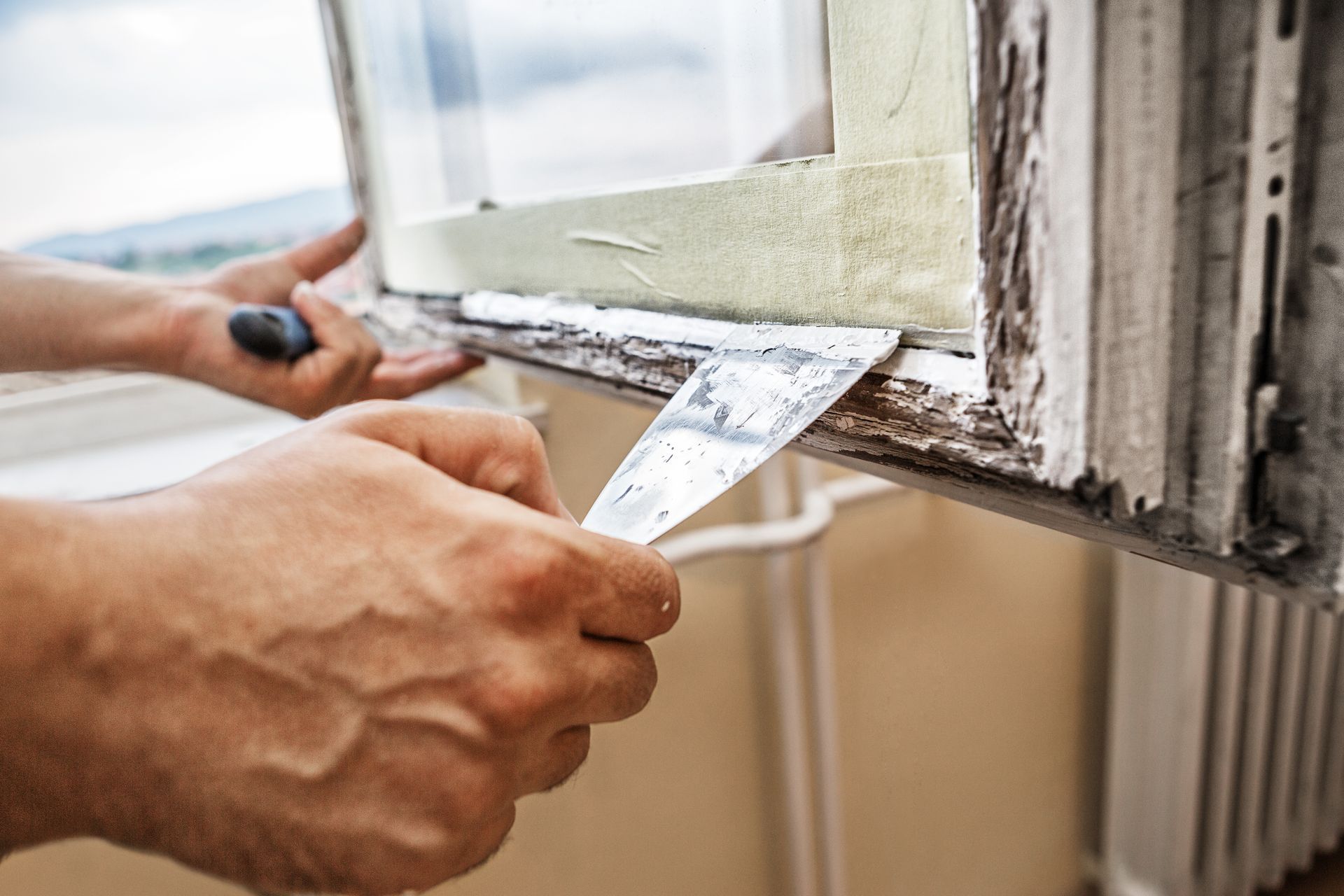
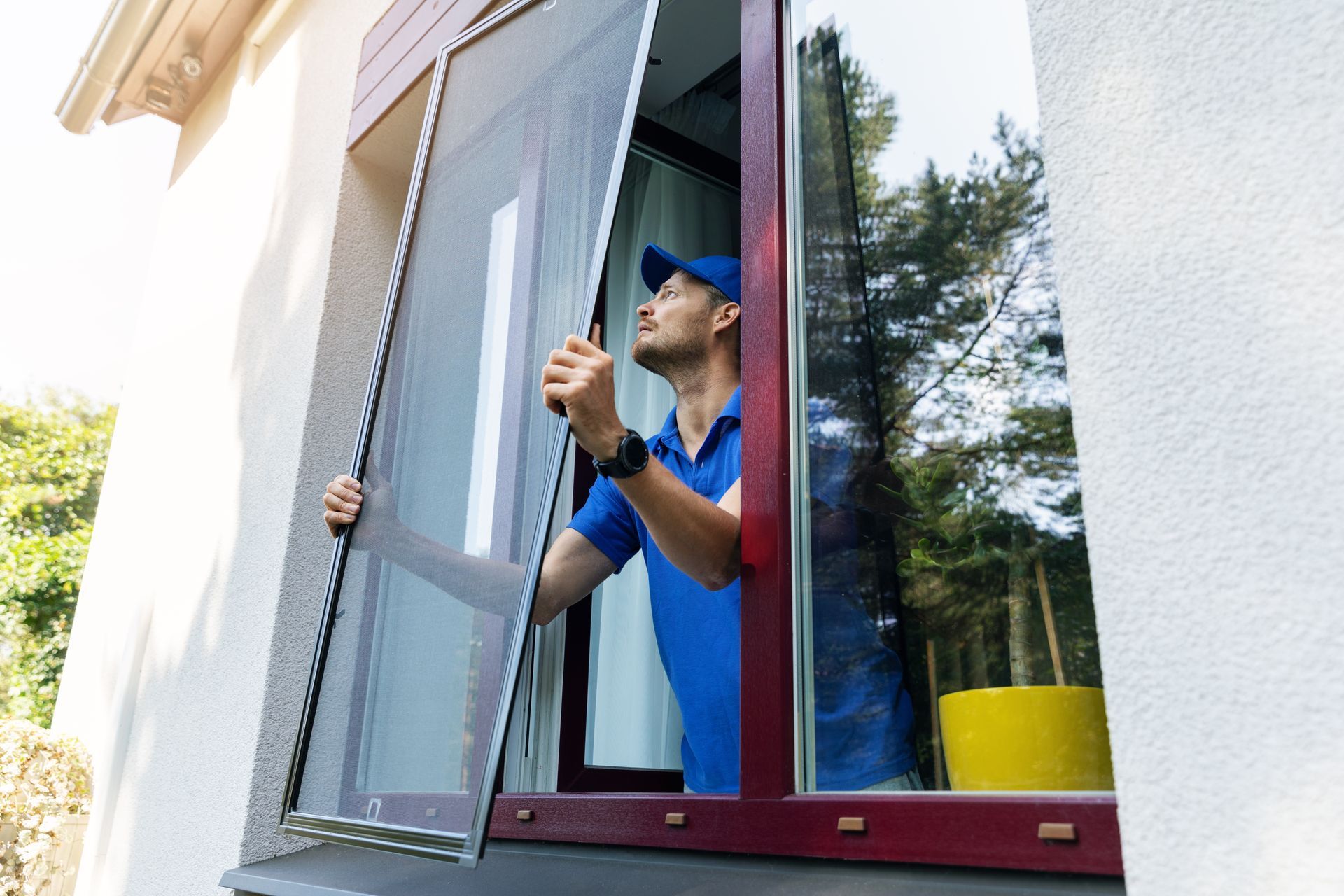
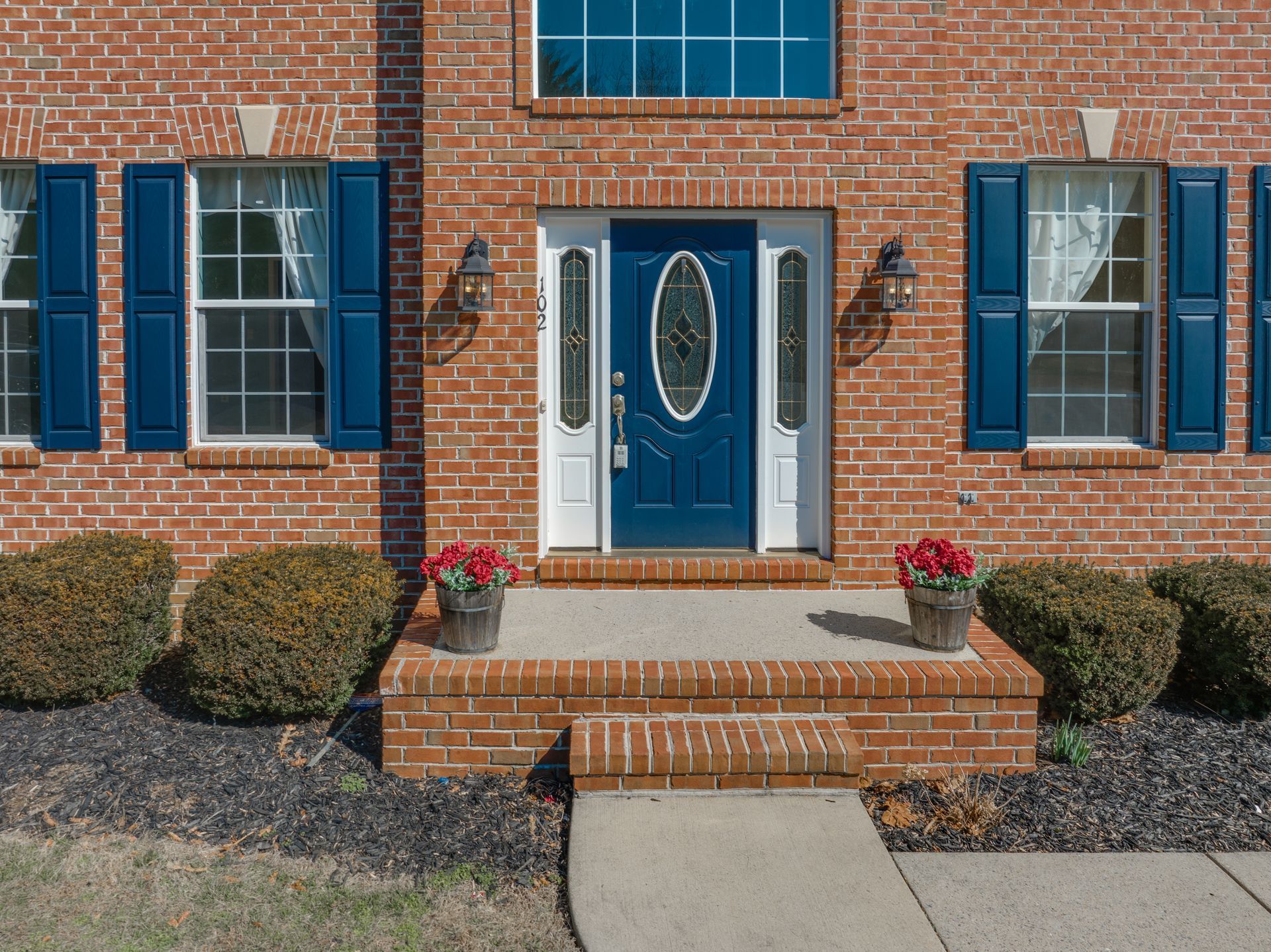


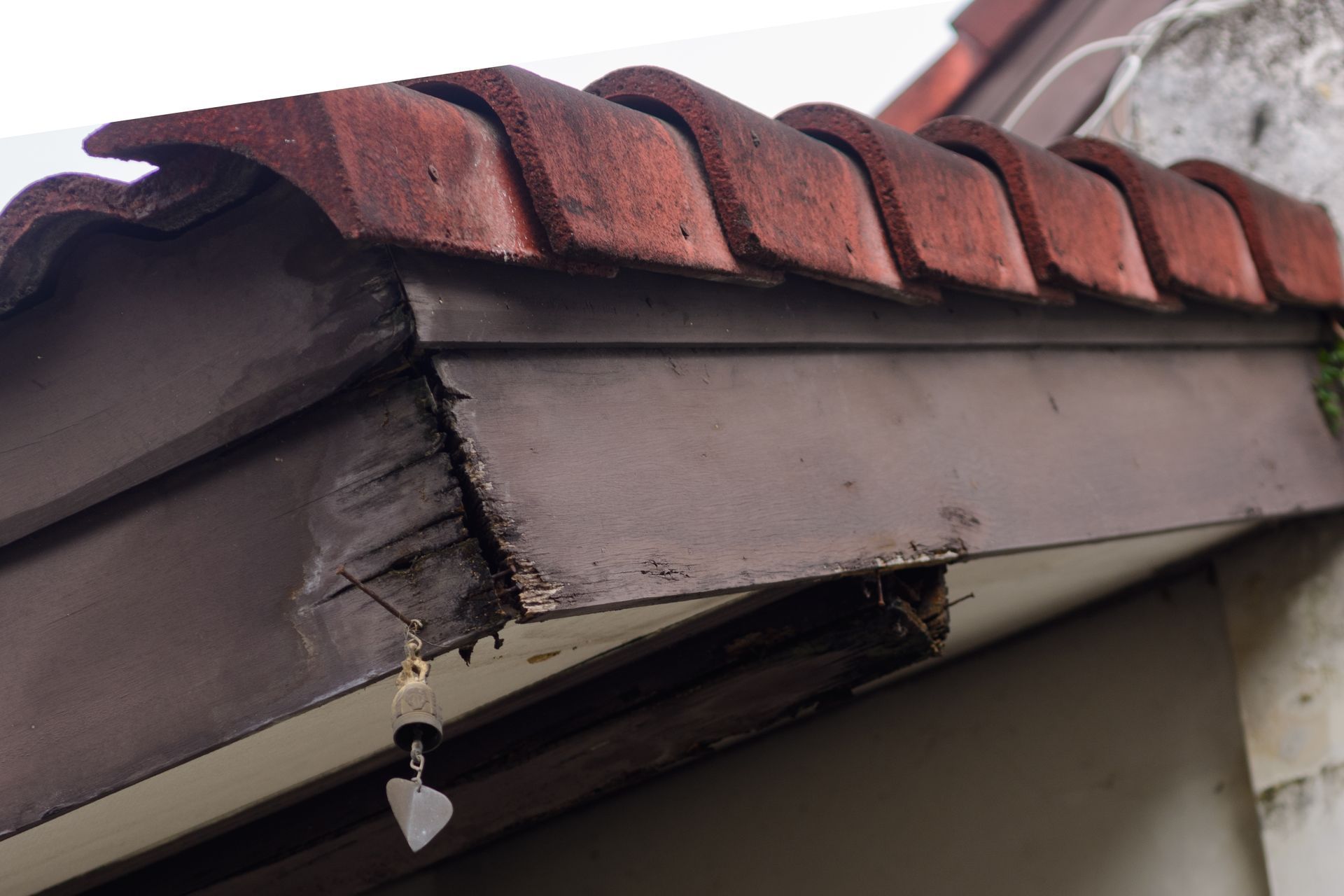
Fascia boards play a vital role in ensuring the longevity and stability of your roofing system. They act as the backbone of the roofline, supporting the gutters and shielding the underside of the roof from water damage. However, despite their crucial function, fascia boards are often overlooked and left vulnerable to nature’s harsh elements. Water damage is a common issue that can wreak havoc on your fascia boards and leave your roof in disrepair.
As a homeowner, protecting your fascia boards from the wrath of water damage is essential. From understanding the role fascia boards play in protecting your home, learning how to spot the signs of damage, and discovering the importance of professional installation, this comprehensive guide will equip you with the knowledge needed to keep your roofline in top shape. So, let's dive in!
The fascia board is a critical component of your roofing system, playing several key roles in protecting your home and maintaining its structural integrity. It is a long, horizontal board attached to the rafters of your roof and runs along the roof's edge, providing a smooth and seamless transition from the roof to the gutters.
The fascia board is typically constructed from wood, PVC, or aluminum materials, each with unique benefits and characteristics. This board supports the weight of the gutters, ensuring proper water flow away from the roof and foundation of the home and adding a finished appearance to the roofline. Additionally, the fascia board protects the underside of the roof from water damage, which can lead to costly repairs and structural issues if left unchecked. Because the fascia board is an integral part of a well-functioning roofing system, it is crucial to ensure it is properly installed, maintained, and protected from water damage.
Water damage in fascia boards can cause serious problems for your roofing system and home — and it’s not always easy to see the damage. But with a bit of knowledge and some keen observation skills, you can spot water damage in the early stages and take action to prevent further damage. Here are some key signs to look for:
By being vigilant and watching for these signs of water damage, you can protect your fascia boards and prevent costly repairs down the line.
Protecting fascia boards from water damage starts with professional installation. A professional roofer will be able to make sure the fascia boards are properly sealed and secured to prevent water from getting in. They will also be able to provide a warranty on their work, so you can have peace of mind knowing that your fascia boards are protected.
One crucial step in protecting fascia boards from water damage is proper sealing. The sealing process ensures the fascia board's edges are secure, preventing water from seeping in. A professional roofer can help with sealing.
Another way to protect fascia boards from water damage is to install a gutter system. Gutters are designed to collect rainwater and channel it away from fascia boards, which can prevent water damage from occurring. At Hanke Brothers, we use the K-Guard gutter system to keep leaves and debris out, allowing rain and moisture to escape through the gutter and downspout.
Regular maintenance also protects fascia boards from water damage. This includes regularly cleaning your gutters (unless you have K-Guard gutters, which require no cleaning!) to ensure water flows freely and doesn’t back up against the fascia boards. It also includes checking for any signs of damage, such as warping, cracking, or discoloration, and addressing them promptly.
When choosing materials for your fascia boards, selecting a durable material that is resistant to water damage is important. PVC and aluminum are two popular materials known for their durability, longevity, and dependability.
Proper ventilation also protects fascia boards from water damage. Why? Good ventilation prevents condensation from forming on the fascia boards, leading to mold and mildew in humid climates.
Maintaining the integrity of your fascia boards is key to your roof’s longevity — and the Hanke Brothers team is here to help! Our financing options allow you to pay over time, so you can have peace of mind knowing your fascia boards are protected without breaking the bank!
Fascia boards are the backbone of your roof's stability, so giving them the attention and care they deserve is important. With these easy tips (and a little help from
our team), you can keep your fascia boards looking fantastic and steer clear of costly repair bills.
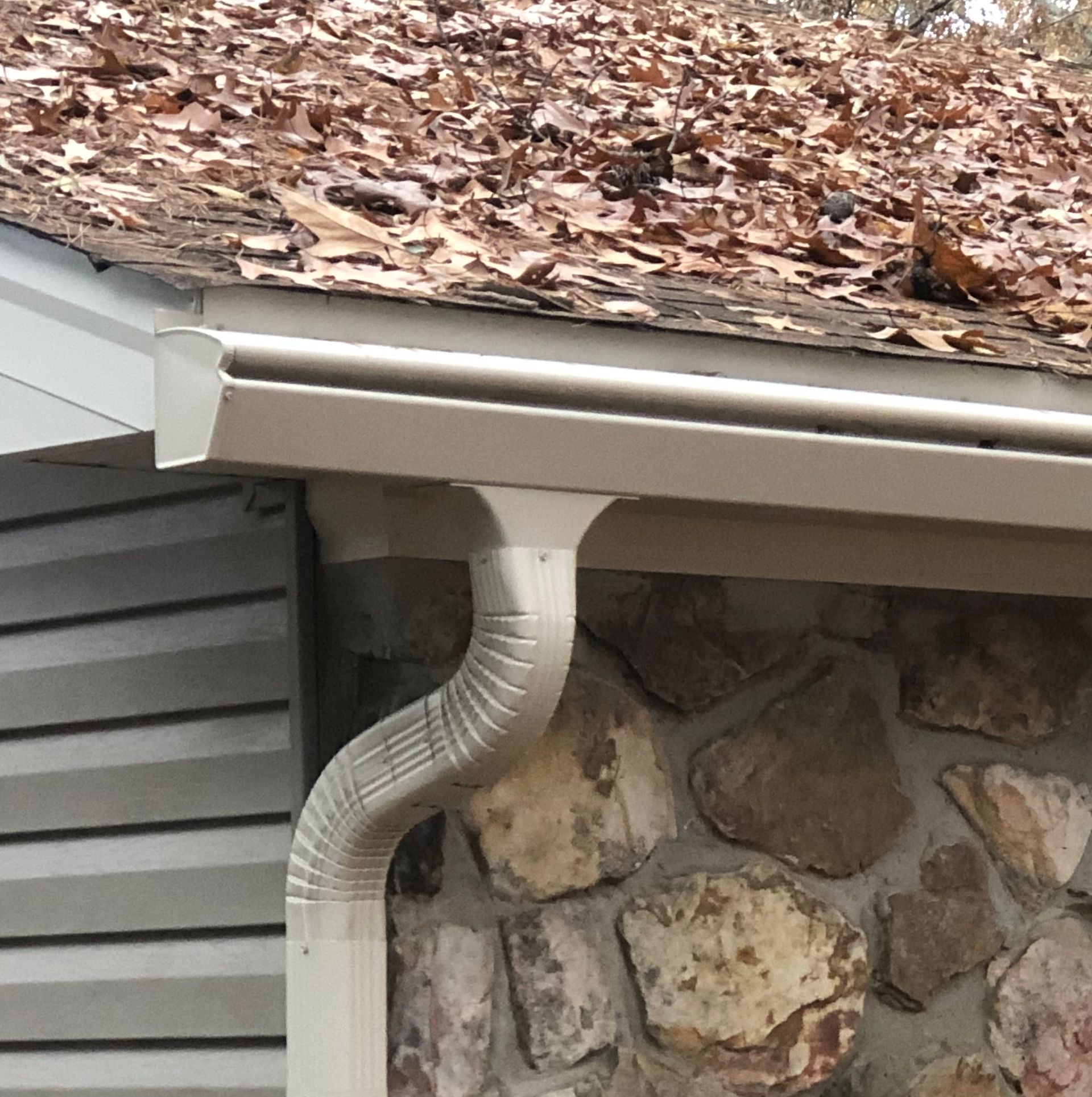

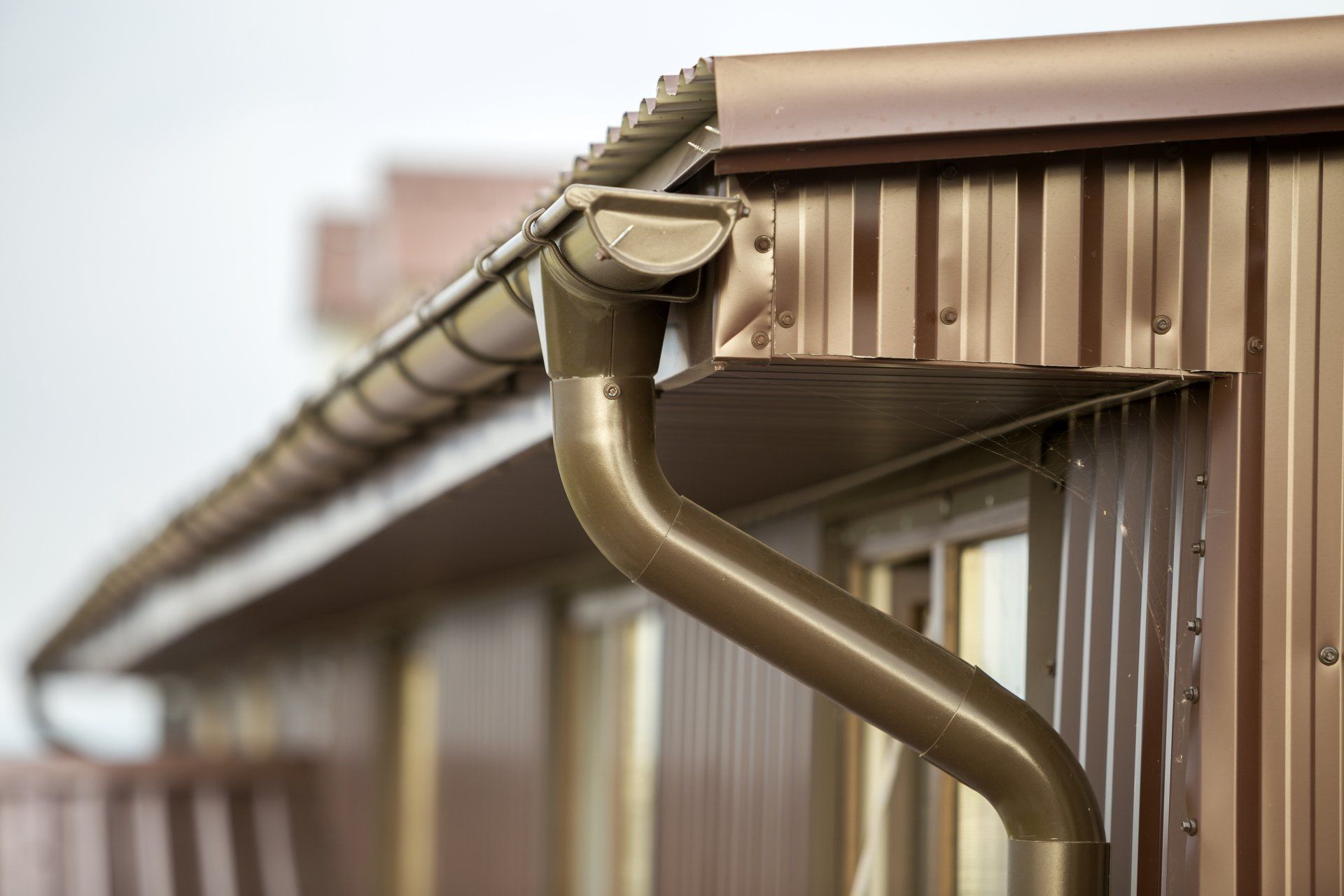

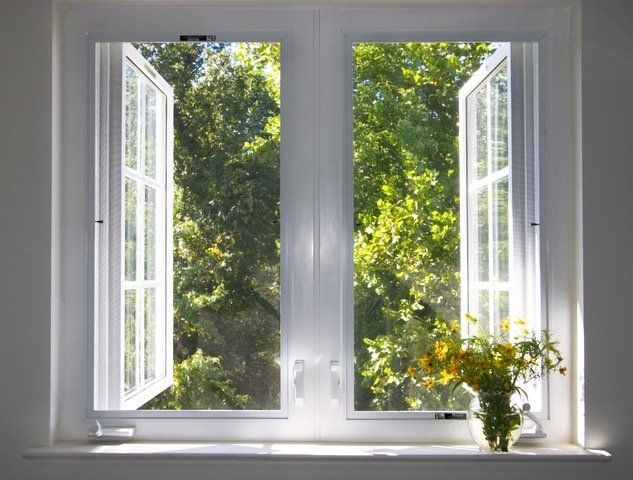



All Rights Reserved | Hanke Brothers | Web Design by Flypaper | Privacy Policy